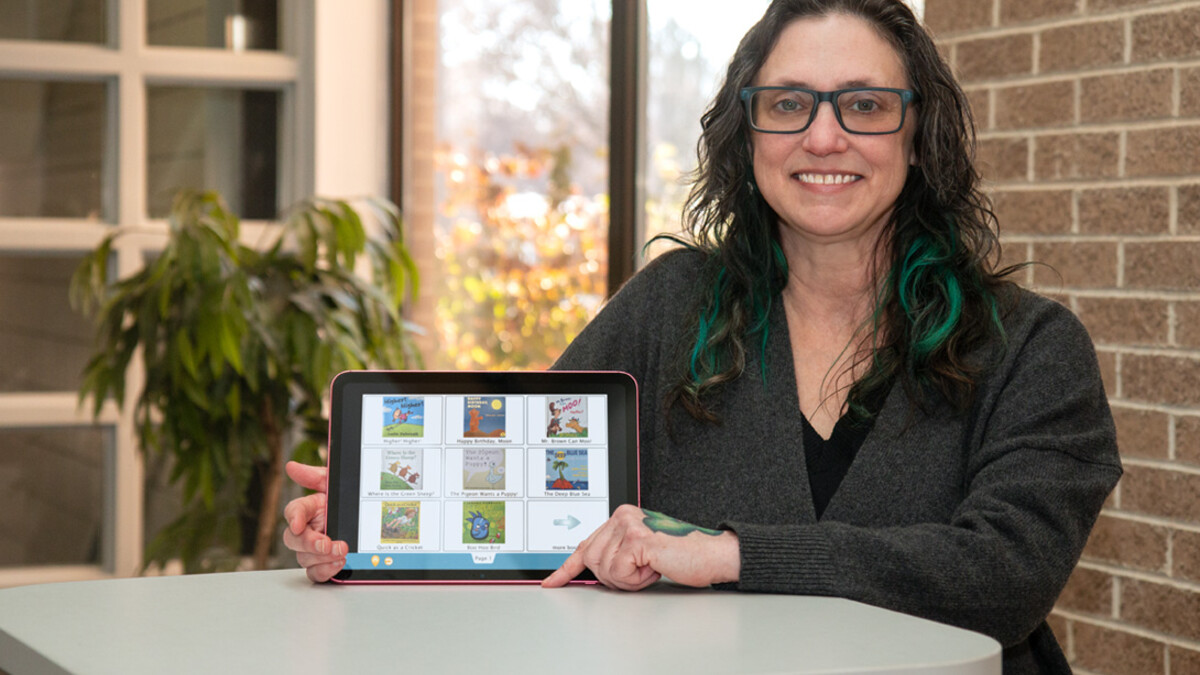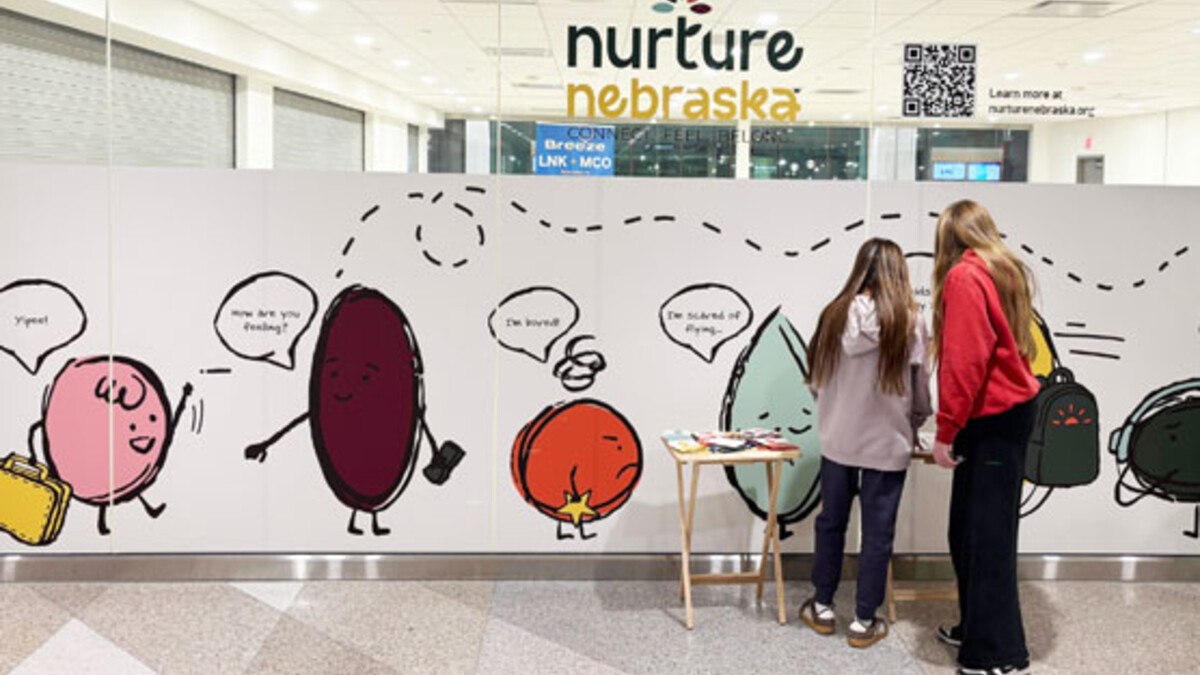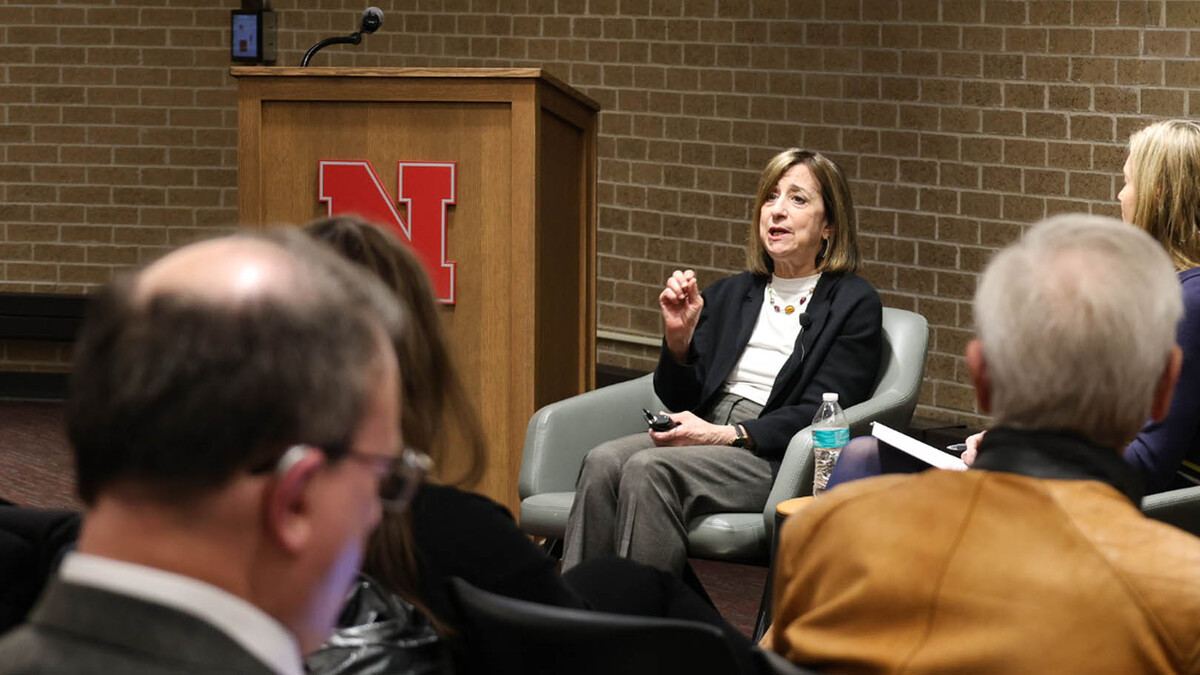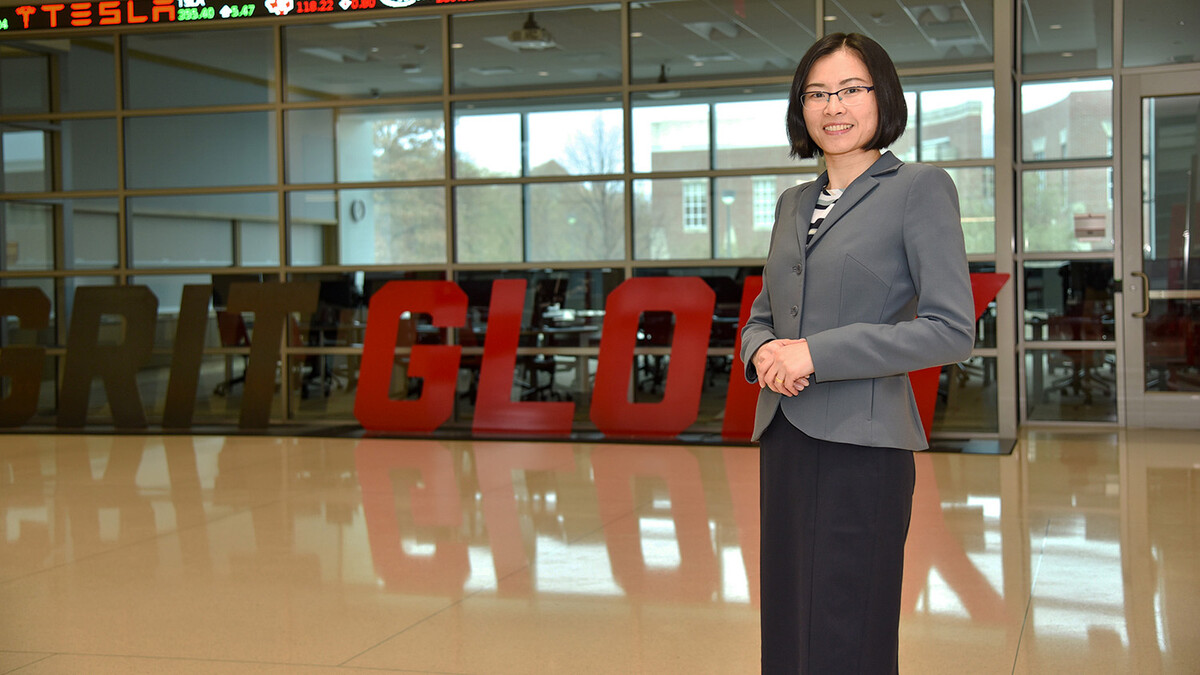
Recent headlines, anecdotes and personal experiences are driving consumers to wonder what their holiday shopping will look like this year.
Historic backlogs in ports, shortages of truck drivers and other laborers and an inability to get raw materials quickly are just a few of the issues causing the current supply chain bottlenecks and headaches for shoppers searching for the perfect gift.
Along with bottlenecks squeezing the system, consumers — leaving behind their pandemic-induced trepidation — are buying at higher numbers, too. The National Retail Federation is reporting that September sales of goods were up 13.9 percent over the same time last year.
Jennifer Ryan studies supply chains and understands the complexities of trying to make supply meet demand. The professor and chair of supply chain management and analytics at the University of Nebraska–Lincoln sat down with Nebraska Today to help explain what’s happening, what consumers can expect, and how these current issues may give way to better, more flexible chains in the future.

At the beginning of the pandemic, we noticed severe supply chain disruptions. Are the same factors at play now, or have they changed?
In the beginning, it was a combination of things. If you look at a product like toilet paper, companies don’t make a lot of money selling toilet paper. They don’t want to spend a lot of money on their supply chain for toilet paper, and they don’t want to invest in holding a lot of inventory of toilet paper. Typically, retailers would operate an efficient inventory supply chain for a product like that, and usually it works fairly well, because demand for toilet paper is stable. People use it at a pretty constant rate. Then we had this really unpredictable, dramatic uptick in the need for toilet paper manufactured for homes. The supply chain just wasn’t built for that and had never seen anything like it. It also created a feedback loop in that consumers, sometimes they would see low stock of toilet paper, so then they overbought. There are probably still people with huge stockpiles of toilet paper in their own homes.
Now, a huge number of other issues are coming up, and they’re all coming together to cause problems, and which issues are the most relevant depend on the product you’re talking about. For example, with toys, it’s a combination of things. A lot of them are made in Asia, and the pandemic is affecting different countries differently. There are some countries that are experiencing a bad surge of COVID and they’re shutting down manufacturing.
In other cases, you have issues that aren’t related to COVID. For example, for many of the plastics that are made in the U.S., the resins used in their manufacturing are produced in Texas, and toys use plastics. Texas has had weather issues all year. The cold spell that shut down the Texas grid in the winter, and then the hurricanes in the summer. Those things disrupted the production of that resin used to make plastics.
The backlogs in the ports on the west coast are obviously playing a role, too.
A lot of the port backlogs are being blamed anecdotally on the labor shortage. Is that the case?
Anytime you see a backup like this, it’s going to be caused by combination of things. We’re recovering from the pandemic, and consumers laid low for a long time, but they’re buying again, and the demand for goods has skyrocketed. The shipping to ports, in turn, skyrocketed.
At the same time, you have international shipments needing to go through U.S. Customs, which has always been unpredictable in terms of how long it takes to clear cargo.
Then, you add workers out sick and the extra safety protocols for safety, and all those things add stress to the supply chain.
Again, it’s a combination of things, both on the supply side with a slowdown in the ports and the demand side, where retailers are ordering much more right now because consumers are shopping again.
As consumers, what can we expect from retailers this holiday season — in terms of purchasing gifts or taking advantage of sales?
Start early. That’s what everybody’s saying, right? And don’t rely on offers like two-day shipping, because that’s not going to happen. Don’t rely on being able to do your holiday shopping at the last minute and finding things in stock.
You might also have to be flexible. We’re hearing that with products like toys, retailers are deciding they’re going to reduce the variety of products, and and focus on fewer toys, but keep a larger inventory of those top sellers. A consumer might not get the exact Barbie doll they want, but if you adjust, you’re more likely to find the products in stock.
Another thing is to focus on gifts where you don’t have to actually physically purchase a good. Things like services, or subscriptions to music services, or streaming services — that kind of thing.
Also, keep in mind that some products are going to be harder to ship and to get in stock. Something like a doll house is a large product, and you can’t put too many of them on a shipping container. Retailers might hesitate to order a lot of those types of products. Smaller items, where you can fit more units on a container, or those things that are easier to manufacture, are not as constraining.
In your career, has there ever been another time when supply chain management has been so top-of-mind in the media, or for consumers?
No, never. When I was in grad school about 25 years ago, that’s when supply chain management first became a topic of study, and it’s never been like this, ever.
How have consumers’ expectations changed, and how do you see these supply chain disruptions changing the future?
We got spoiled, I think, in some ways. For a while, we could get whatever we wanted in two days. We got spoiled in terms of speed, and we got spoiled in terms of product variety. If you look at the number of different types of toothpastes that are on the market, the number of different types of laundry detergent that are on the market, the number different types of toilet paper on the market, it was almost too much. What companies are seeing right now is that was expensive. They can’t provide 30 different versions of toothpaste, or whatever it is, and they’re actually cutting back now. We’re going to see slowdowns in terms of delivery times, and we’re going to see reductions in the number of products offered. We’re just going to have to get used to it, because I don’t think we’re going back to quite that level of speed and variety.







